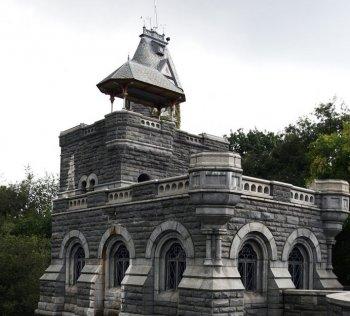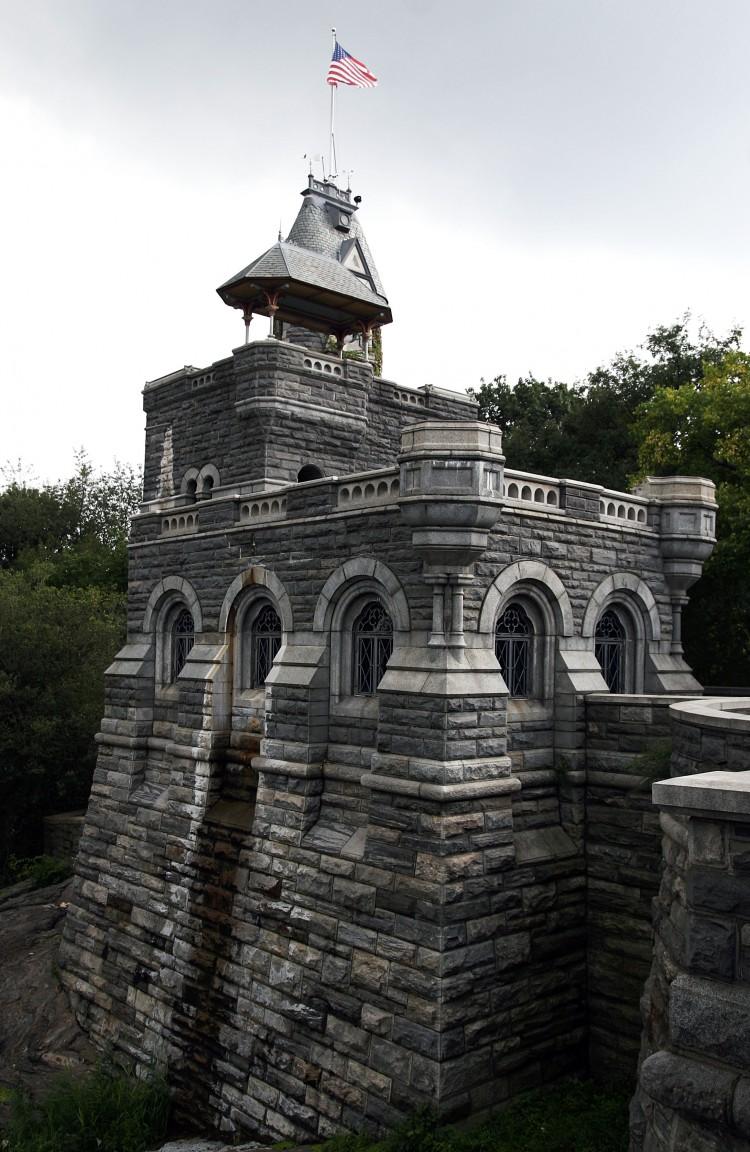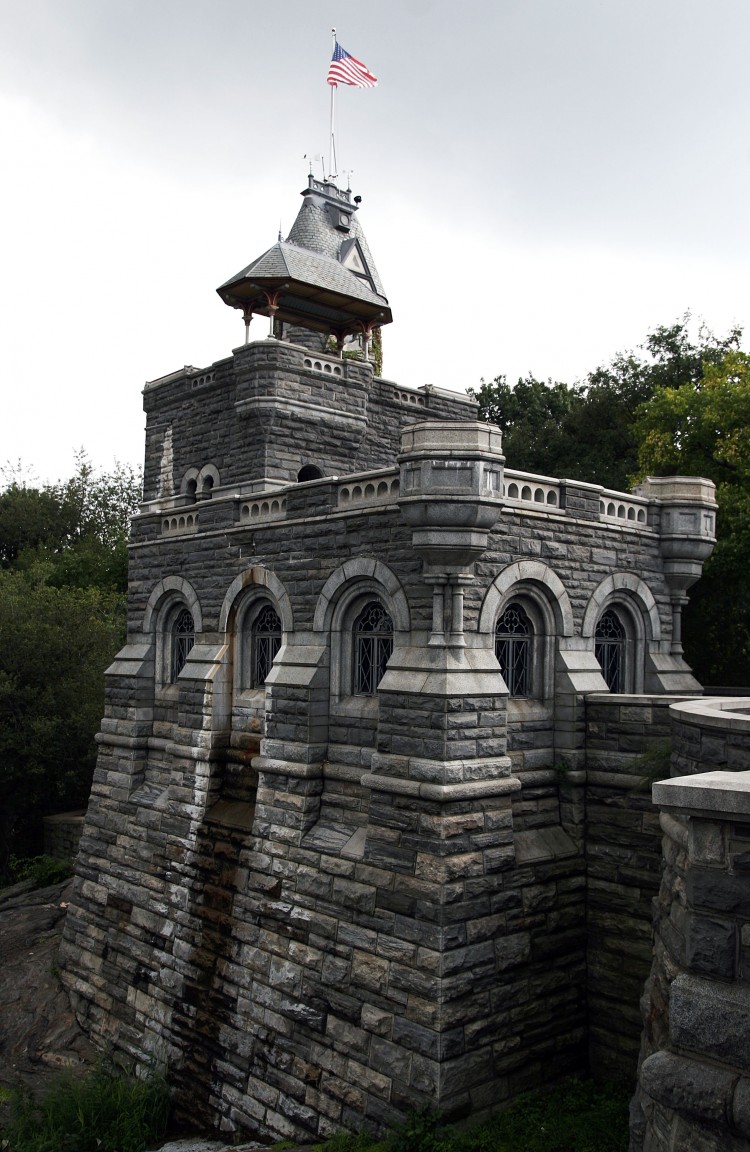New York City Structures: Belvedere Castle
Constructed as a Victorian folly; smaller scale, largely nonfunctional buildings designed to enhance the natural landscape, Belvedere Castle in the center of Central Park does just that.

Belvedere Castle in the center of Central Park rises from the rough schist it is built from. Tim McDevitt/The Epoch Times
|Updated:


